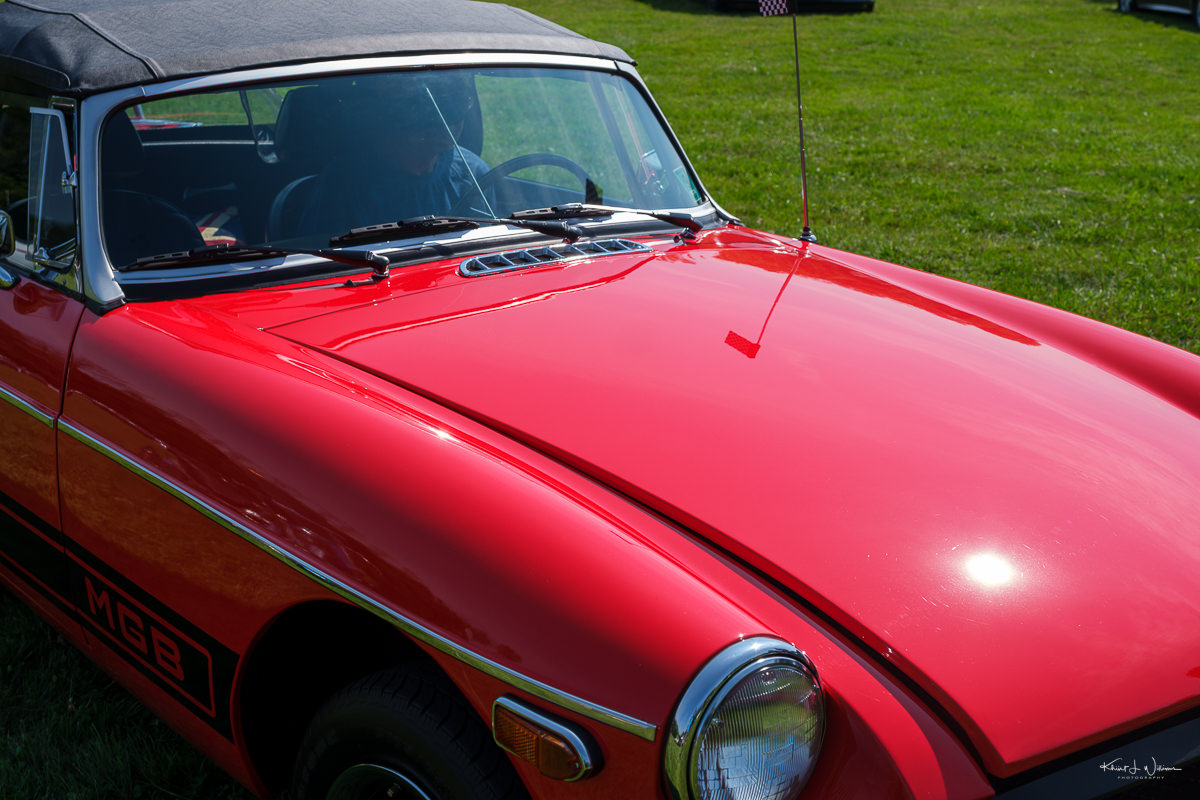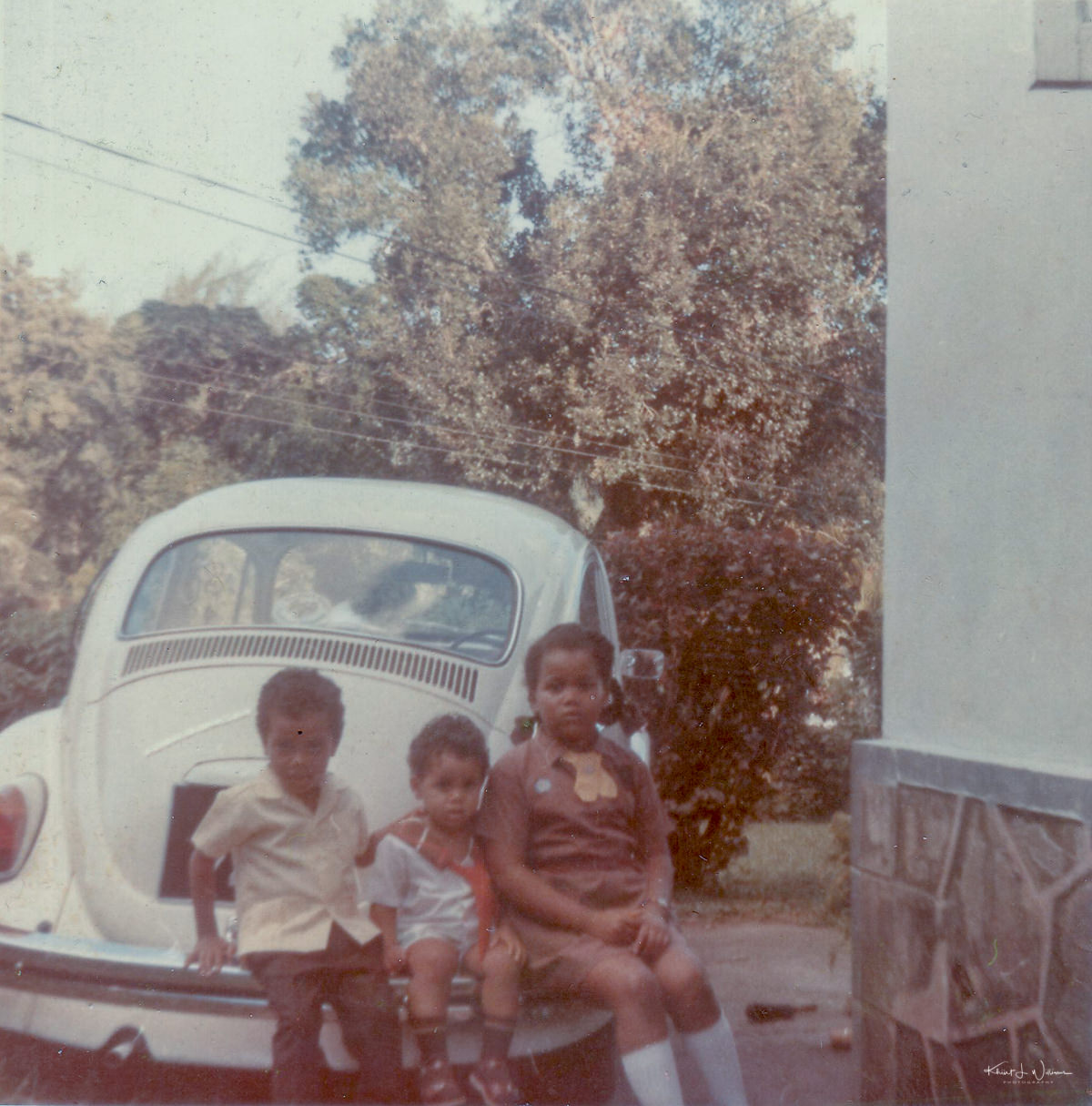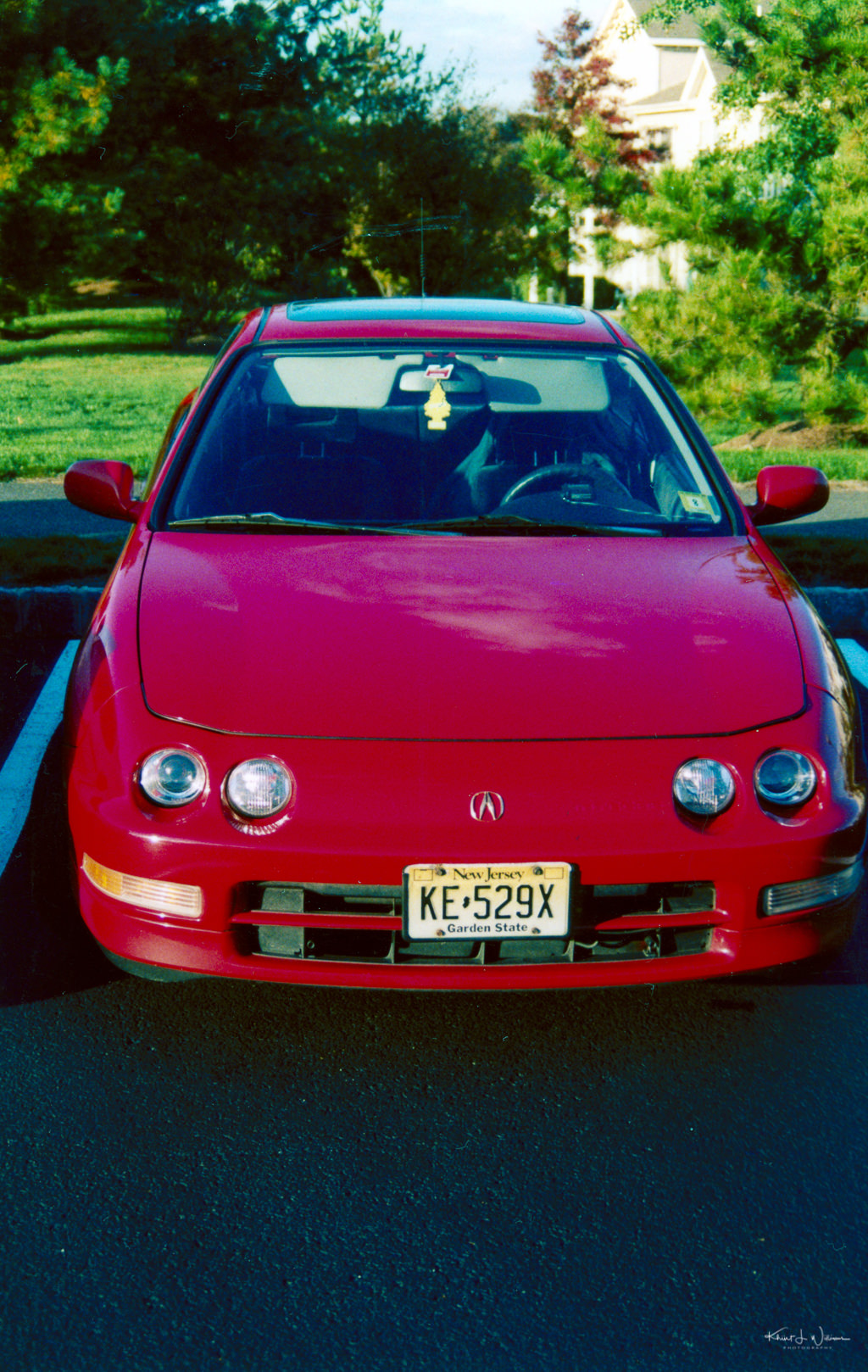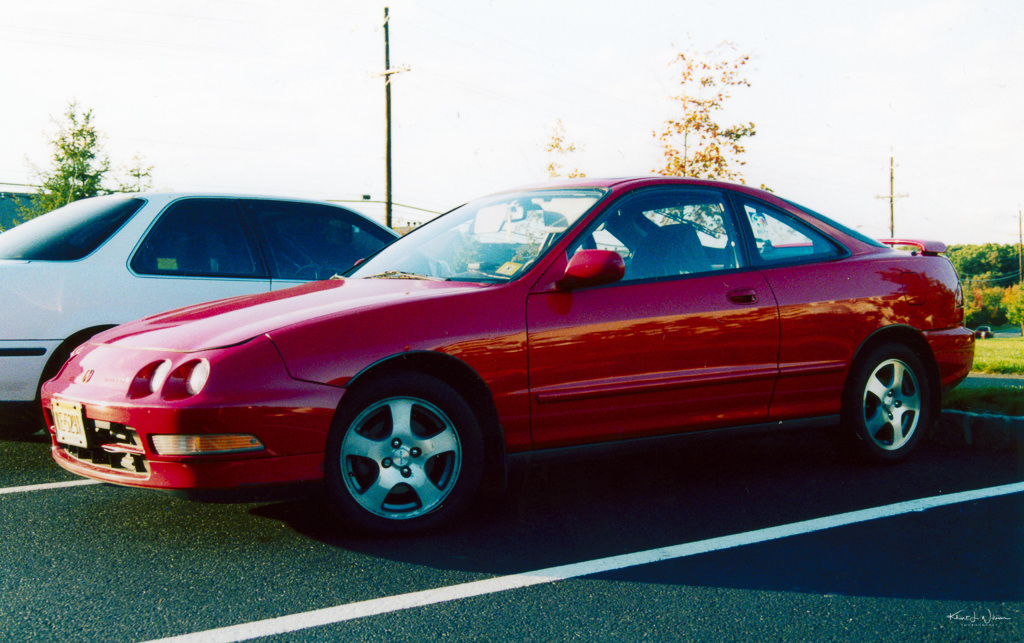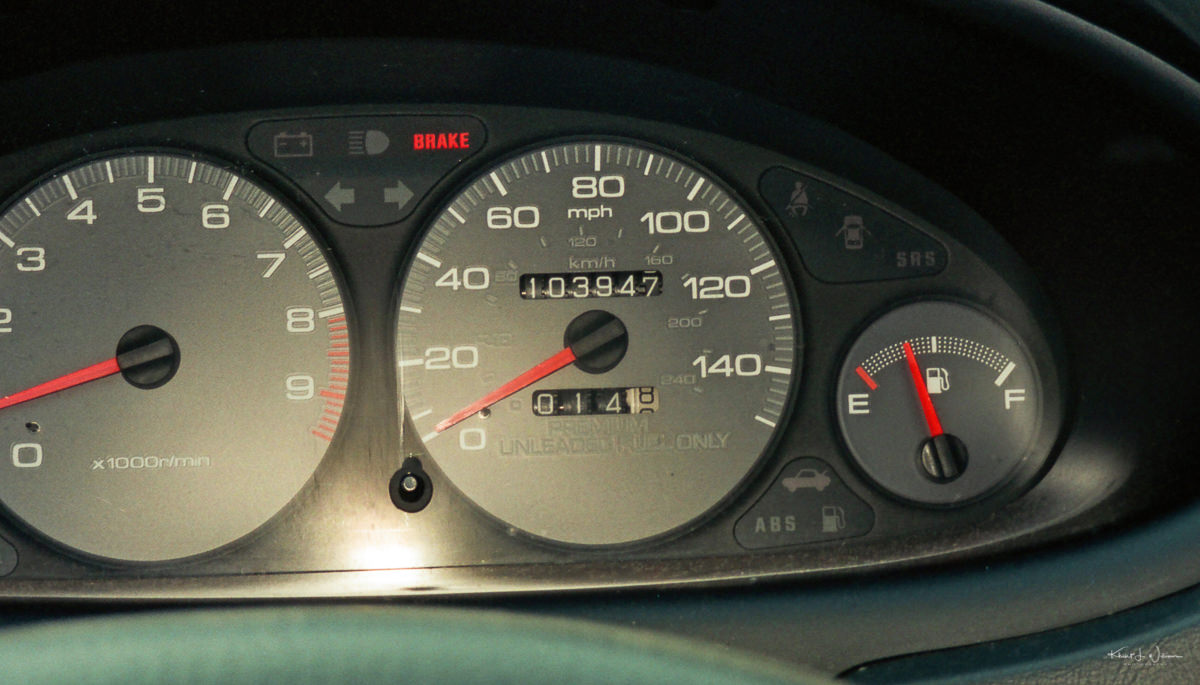As I strolled to the back of the Neshanic Station flea market, the vibrant hue of the red MG MGB immediately caught my eye. It stood proudly, parked amidst other classic cars, exuding a timeless charm. Like a woman in red, the car's red dress and sleek body pulled me in.
The MG MGB is a symbol of British automotive heritage. Its iconic chrome grille, smooth lines, and elegant curves harkened back to a time when automotive craftsmanship was an art form. The red MG MGB evoked nostalgia for my youth. Dad owned a Mini Cooper, then a more family-oriented Volkswagen Beatle. But my Uncle Clifford owned a Triumph sports convertible. Uncle Clifford would drive around with some of us boys crammed into the back seat.
Approaching the car, I stared at its exquisite details. The well-maintained leather seats exuded an air of luxury, and the polished wooden steering wheel exuded a gentlemanly sophistication. As I ran my fingers along the sleek exterior, I could almost sense the car's history.
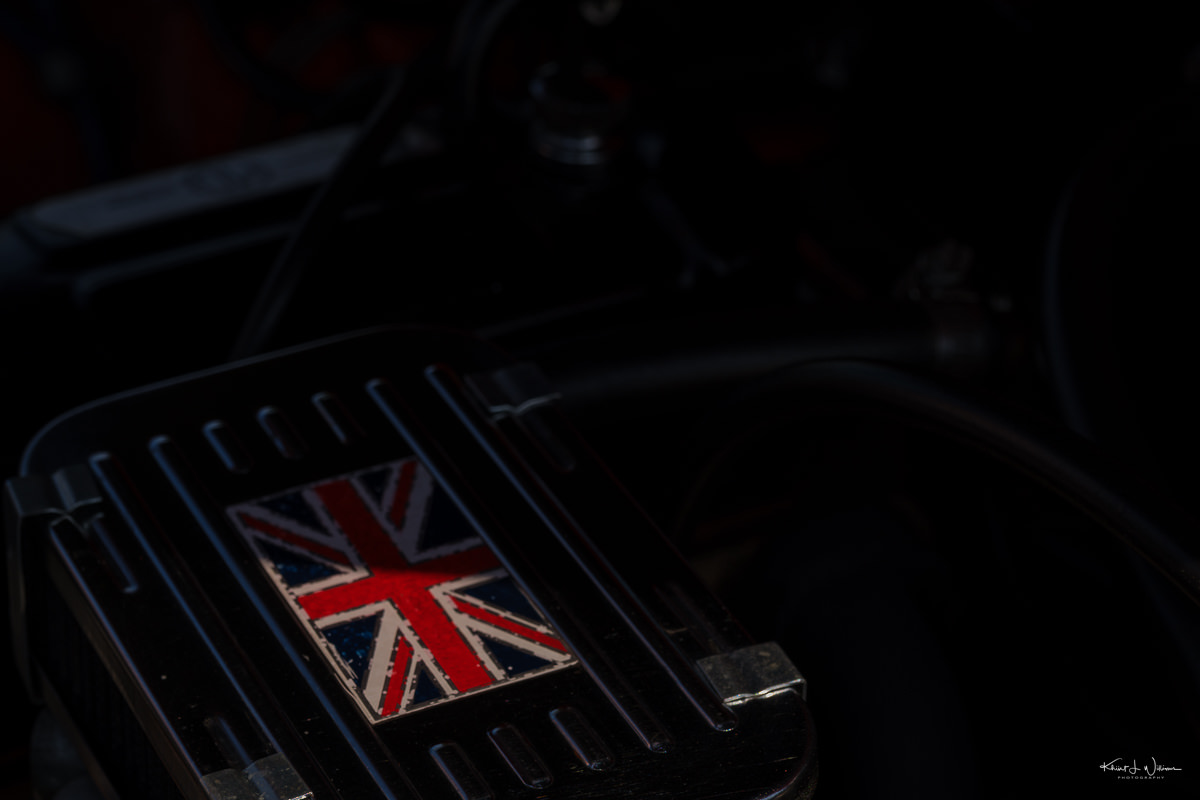
But it wasn't just the car that captured my attention; it was also the passionate owner who stood nearby. With a grinning smile, he eagerly shared anecdotes about the MG MGB's history, regaling curious car enthusiasts with tales of the car's adventures and the joy it had brought him. It was evident that he had poured his heart and soul into preserving this automotive gem, cherishing every moment spent behind the wheel. He told me about the roads he had travelled and his adventures.
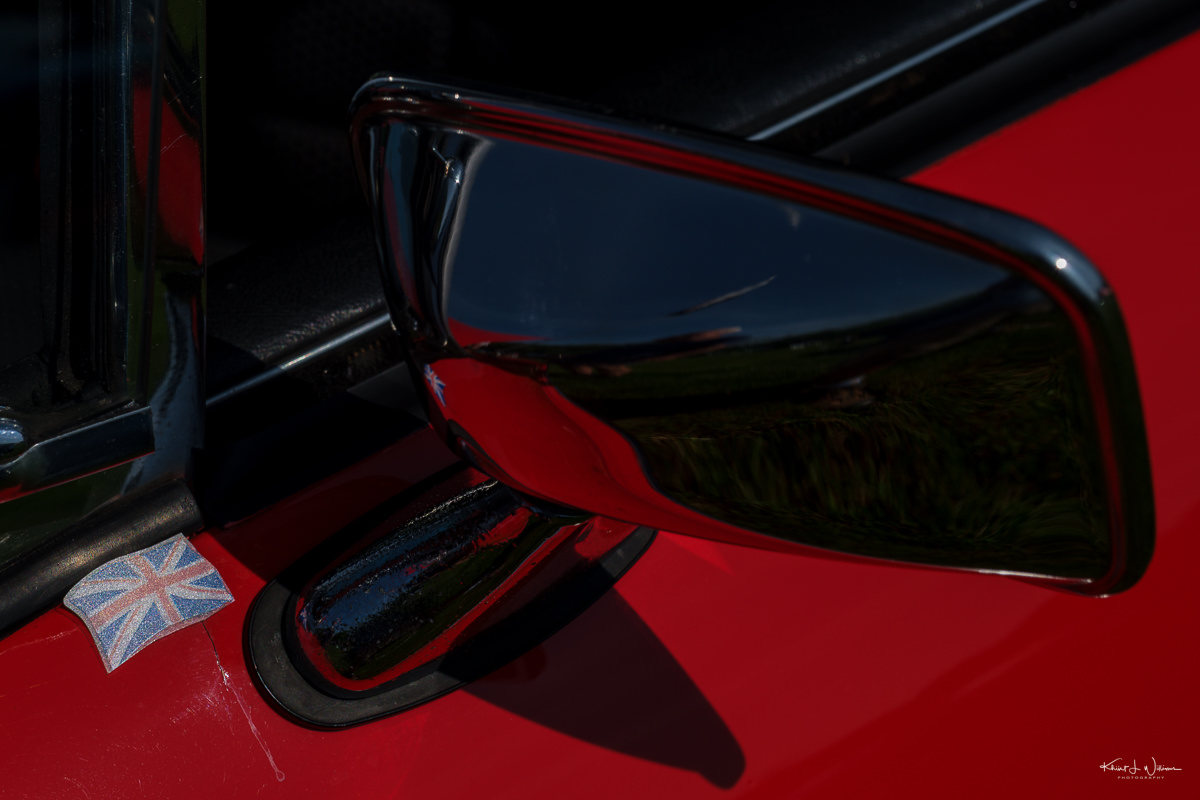
The presence of the red MG MGB at the Neshanic Station flea market created a focal point for conversations and camaraderie among the attendees and other classic car owners. Strangers struck up conversations, bonding over their love for classic cars and exchanging stories of their own automotive discoveries.

I am a technologist, but in an ever-changing world of fast-paced advancements, there is a timeless appeal in the past's simplicity, elegance, and craftsmanship.
